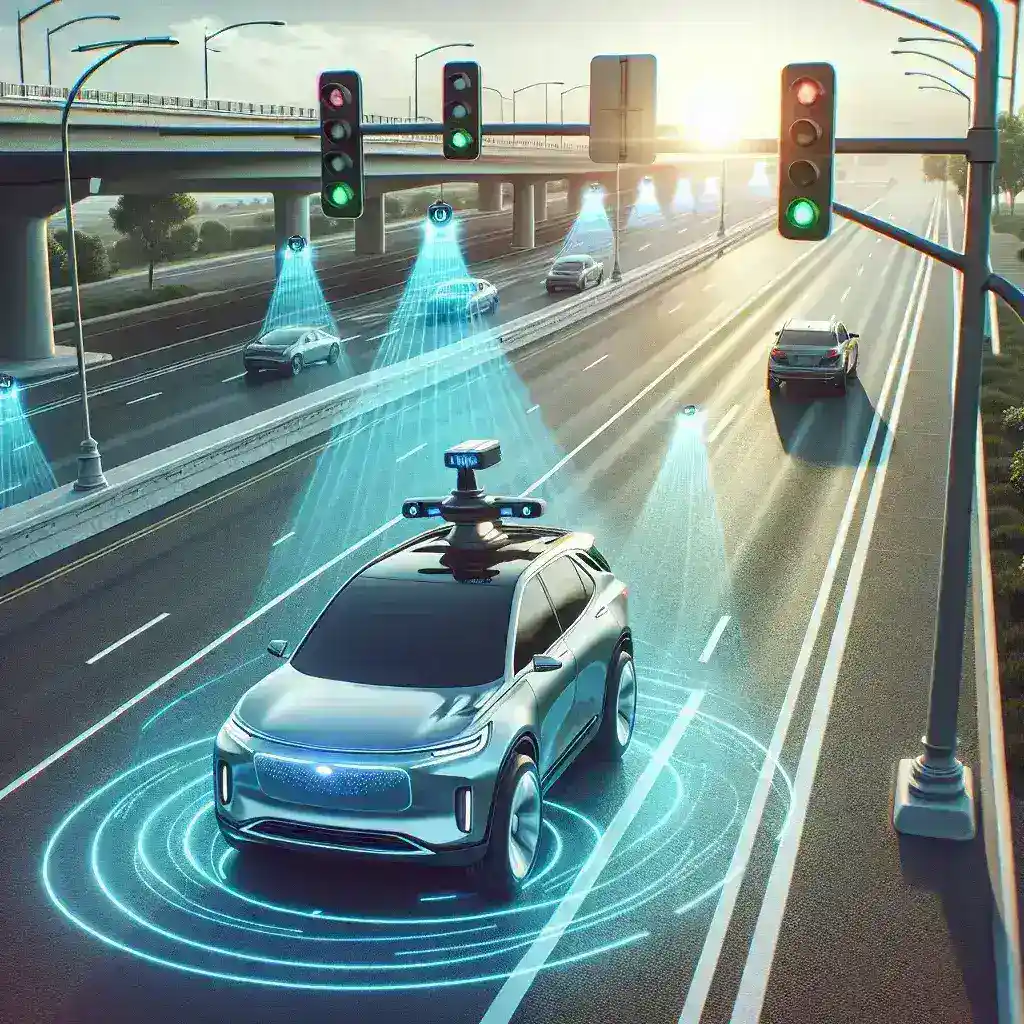Introduction
In a groundbreaking move that underscores its commitment to safety and innovation, Tesla has announced the rollout of advanced AI predictive safety features for its popular Model Y across the United States. This initiative not only represents a significant step forward in automotive technology but also highlights Tesla’s dedication to enhancing the driving experience while prioritizing passenger safety.
Understanding AI Predictive Safety Features
AI predictive safety features utilize complex algorithms and machine learning to anticipate potential hazards, offering real-time alerts and proactive recommendations to drivers. These features analyze a multitude of data points, including vehicle surroundings, driver behavior, and historical incident data, enabling the vehicle to make informed decisions on the road.
Key Features of Tesla’s AI Safety System
- Automatic Emergency Braking: This feature detects potential collisions and autonomously applies the brakes if the driver fails to react in time.
- Lane Departure Warning: The system alerts drivers when they unintentionally drift out of their lane, helping to prevent accidents.
- Adaptive Cruise Control: Tesla’s adaptive cruise control adjusts the vehicle’s speed based on traffic conditions, maintaining a safe distance from the car ahead.
- Traffic-Aware Cruise Control: This feature enhances the driving experience by automatically slowing down or speeding up based on surrounding traffic.
The Historical Context of Tesla’s Safety Innovations
Since its inception, Tesla has been at the forefront of automotive innovation. The company’s approach to safety began with the introduction of advanced safety features in earlier models, leading to industry-wide changes in safety standards. The rollout of AI predictive safety features marks the next chapter in Tesla’s ongoing quest to redefine automotive safety.
Previous Safety Enhancements
Over the years, Tesla has made significant strides in safety technology. Features such as the Autopilot system and advanced airbag technology have positioned Tesla vehicles as some of the safest on the road. The integration of AI predictive capabilities further amplifies these existing features, creating a comprehensive safety net for drivers and passengers alike.
Future Predictions for AI in Automotive Safety
As the automotive industry continues to evolve, the future of AI in vehicle safety looks promising. Tesla’s implementation of predictive safety features is likely to set a benchmark for other manufacturers. Experts predict that within the next decade, AI-driven safety systems will become standard in all vehicles, with enhancements in machine learning algorithms leading to even more refined predictions and responses.
Pros and Cons of AI Predictive Safety Features
Pros
- Enhanced Safety: AI predictive features significantly reduce the likelihood of accidents by identifying potential dangers before they escalate.
- Increased Driver Awareness: These features keep drivers informed about their surroundings, promoting safer driving habits.
- Peace of Mind: Knowing that their vehicle is equipped with advanced safety technology provides drivers and passengers with added reassurance.
Cons
- Over-Reliance: Drivers may become too dependent on technology, leading to complacency and reduced attentiveness.
- Technical Limitations: AI systems may struggle in certain conditions, such as inclement weather or poorly marked roads, potentially leading to failures.
- High Costs: The integration of advanced AI features can increase the upfront cost of the vehicle, making it less accessible for some buyers.
Real-World Examples of AI Safety Features in Action
To illustrate the effectiveness of Tesla’s AI predictive safety features, consider the following real-world scenarios:
- Urban Driving: In a busy city environment, the automatic emergency braking feature may engage as the vehicle detects a pedestrian stepping onto the roadway, preventing a potential accident.
- Highway Travel: While driving on the highway, the adaptive cruise control adjusts the vehicle’s speed in response to changing traffic conditions, showcasing its ability to enhance convenience and safety simultaneously.
Cultural Relevance of AI in Automotive Safety
As technology continues to integrate deeply into our daily lives, the cultural implications of AI in automotive safety are profound. The public’s increasing acceptance of autonomous features mirrors a growing trust in technology to safeguard our lives. This cultural shift not only enhances the demand for such innovations but also emphasizes the importance of responsible AI deployment.
Expert Quotes on AI Predictive Safety Features
Industry experts have weighed in on the significance of Tesla’s latest safety features:
“Tesla’s commitment to leveraging AI for safety is a game-changer. It sets a new standard that other manufacturers will have to meet to compete in the market.” – Dr. Emily Johnson, Automotive Technology Specialist.
“The predictive capabilities of AI could revolutionize how we approach road safety. By anticipating hazards, we can significantly reduce accidents and save lives.” – Mark Thompson, Road Safety Advocate.
Conclusion
The rollout of AI predictive safety features in Tesla’s Model Y across the U.S. marks a pivotal moment in the automotive industry. By harnessing the power of artificial intelligence, Tesla is not only enhancing the safety of its vehicles but also paving the way for a future where driving is smarter, safer, and more intuitive. As these technologies continue to evolve, the potential for AI to transform the road safety landscape remains limitless, promising a new era of driving that prioritizes the well-being of all road users.

